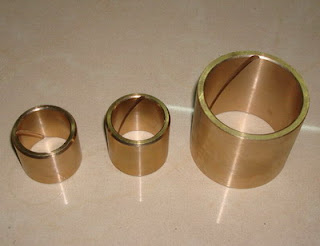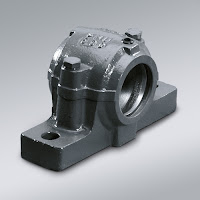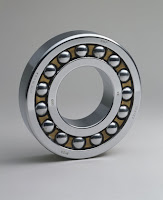According to TERI(the energy research institute)
· Coal accounts for > 50% in India’s
energy mix
· Delay in clearances and tightening of
environmental norms create problem for coal sector
· Import of coal scenario: 83 million
tonnes(current fiscal), 142 million tonnes(next fiscal)
· Amidst tight global supplies and
price rise, the ability to import large quantities could be restricted
· India has followed the ISP(Indian
Standard Procedure Code) to assess coal inventory
· ISP code is based on the geological
evaluation of resources without assessing the quality, mineability or
extractability of deposits
· Total coal inventory: 276.81 billion
tonnes
· Proven coal inventory: 0.4 * 276.81=
110 billion tonnes
· Extractable : 55 billion tonnes
· At the current rate of production 550
million tonnes per annum, coal reserve will last for around 100 years
· Considering increasing rate of
production, coal might last within next 50 years.
CIL status:
· Total inventory : 65 billion tonnes
· Feasibility studies for : 30.4
billion tonnes
· Extractable reserve : 21.8 billion
tonnes
Ø Tighter environmental regulations
forced the world’s largest coal producer to revise downward its output target
twice during the fiscal
Ø TERI suggests UNFC(the United Nations
Framework Classification)
UNFC’s
method includes several parameters which are (among others):
· Geological parameters
· Economic and commercial viability
· Field project status
· Feasibility in arriving at the
inventory
Ø Government decided to apply UNFC in
2001, not yet applied
Ø One of the reasons for not applying
UNFC is time consuming process of UNFC’s methods
Chemical
properties of coal are :
· Ash
· Moisture
· Volatile matters
Physical
parameters are:
· Caking index
· Coke type
· Swelling index
Reserves :
· Coking coal: 33.7 billion tonnes
· Non coking coal: 258 billion tonnes
· Tertiary coal : 1.5 billion tonnes
Ø In NCV(net calorific value), the heat contained in water is not recovered
Ø In GCV(gross calorific value), the
heat contained in water is recovered
Ø Under the new norm, to be made
effective from April, BCCL would be charging 20% less than the landed cost of
imported coal of equivalent gross calorific value, against 30% earlier.
Ø SAIL imports close to 80% of its
total coking coal requirement of about 14 million tonnes
Ø The price increase by Coal India will
apply to only around 3 million tonnes





